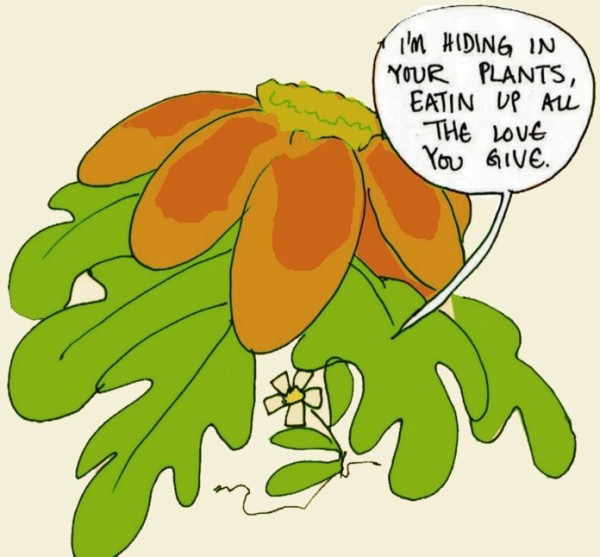 My garden nemesis: Spanish needle, AKA Bidens alba, Shepherd’s needles, beggarticks, or butterfly needles. It can grow 5 feet tall, and spreads wide along the ground where it can. This makes it especially hard to get to the root of the things when you are pulling weeds from around and under other plants.
My garden nemesis: Spanish needle, AKA Bidens alba, Shepherd’s needles, beggarticks, or butterfly needles. It can grow 5 feet tall, and spreads wide along the ground where it can. This makes it especially hard to get to the root of the things when you are pulling weeds from around and under other plants.
Why do I wage war against this plant when I have given a flower bed over to the wild vinca? When I have nodded my head at the, now huge, milkweed in my side yard? Spanish needle is supposedly edible, feeds bees and butterflies and has medicinal values. Surely that would compare to the simple, pretty, and easy to control nature of the vinca, or the fact that the milkweed is the only food of the monarch butterfly caterpillar. Yet I cannot make peace with the Spanish needle.
Mostly it’s because of the seeds: 1/2 inch little black needles that thread themselves through my clothes and scratch my skin. Each plant can produce 1200 seeds. After that, it’s the virulent way it spreads, sucking nutrients and choking every other plant in the yard.
But I must admit, it’s defense mechanisms and sneakiness are impressive. I often find it growing as close to the base of another plant as possible – long established plants, so I know it is not simply my hapless sowing of weed seeds as I am planting. It also sacrifices limbs like a lizard will sacrifice it’s tail. Though relatively sturdy and thick, the stems of Spanish needle will break away easily, leaving the tap root and other spreading roots to recover and re-sprout.
And, I swear that the new leaves of a Spanish needle can often look like those of the plants next to it. I’m getting better at spotting them, so maybe this was a learning curve for me. Maybe it’s all in my head, but it still throws me for a loop some times.


